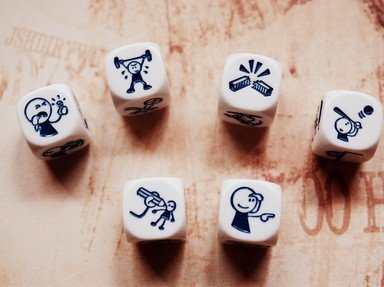Quiz Answer Key and Fun Facts
1. Say, Francis, can you tell me which species is Bambi, the young deer portrayed in the 1942 animated film of the same name?
2. Many handbags purchased by women in the western world in the late 1930s came with an extra pouch - to hold which device?
3. Why is a freshly slaughtered animal carcass stimulated with electrical currents soon after skinning?
4. In which small country was the world's first tunnel built underneath a navigable river in 1825?
5. Which plant, known by another more familiar name, and used to make pies and desserts, is also known as a pieplant?
6. During America's prohibition era, how did vineyard owners, facing ruin, manage to "constructively" find a way around the restrictions on selling wine?
7. A Nelson is a grappling hold in wrestling, but to what does it refer in the game of cricket?
8. Several ancient texts suggest that the fruit from the biblical Tree of Knowledge of Good and Evil was not that eponymous apple, but which other tart tasting pome?
9. The blood clotting disorder, Haemophilia B, is also known by which unlikely festive name?
10. A popular spectator sport native to the Ryukyu Islands in Japan is known as Togyu. Which two large and powerful animals are pitted against each other in this sport?
Source: Author
Creedy
This quiz was reviewed by FunTrivia editor
LeoDaVinci before going online.
Any errors found in FunTrivia content are routinely corrected through our feedback system.

